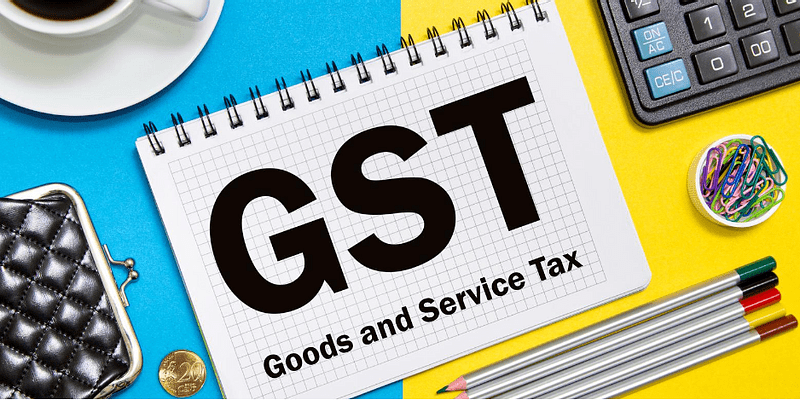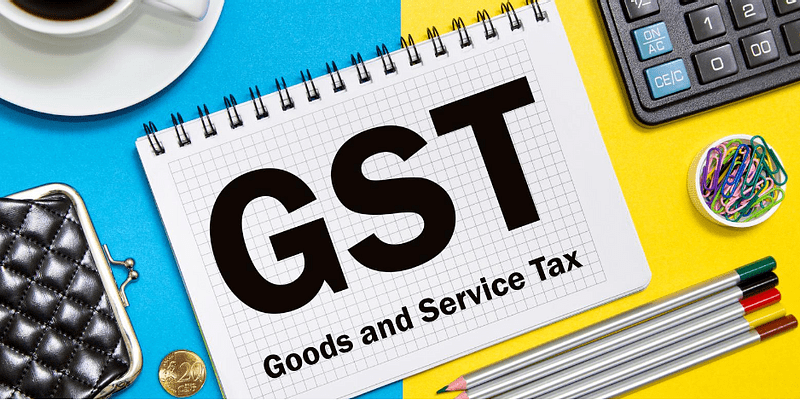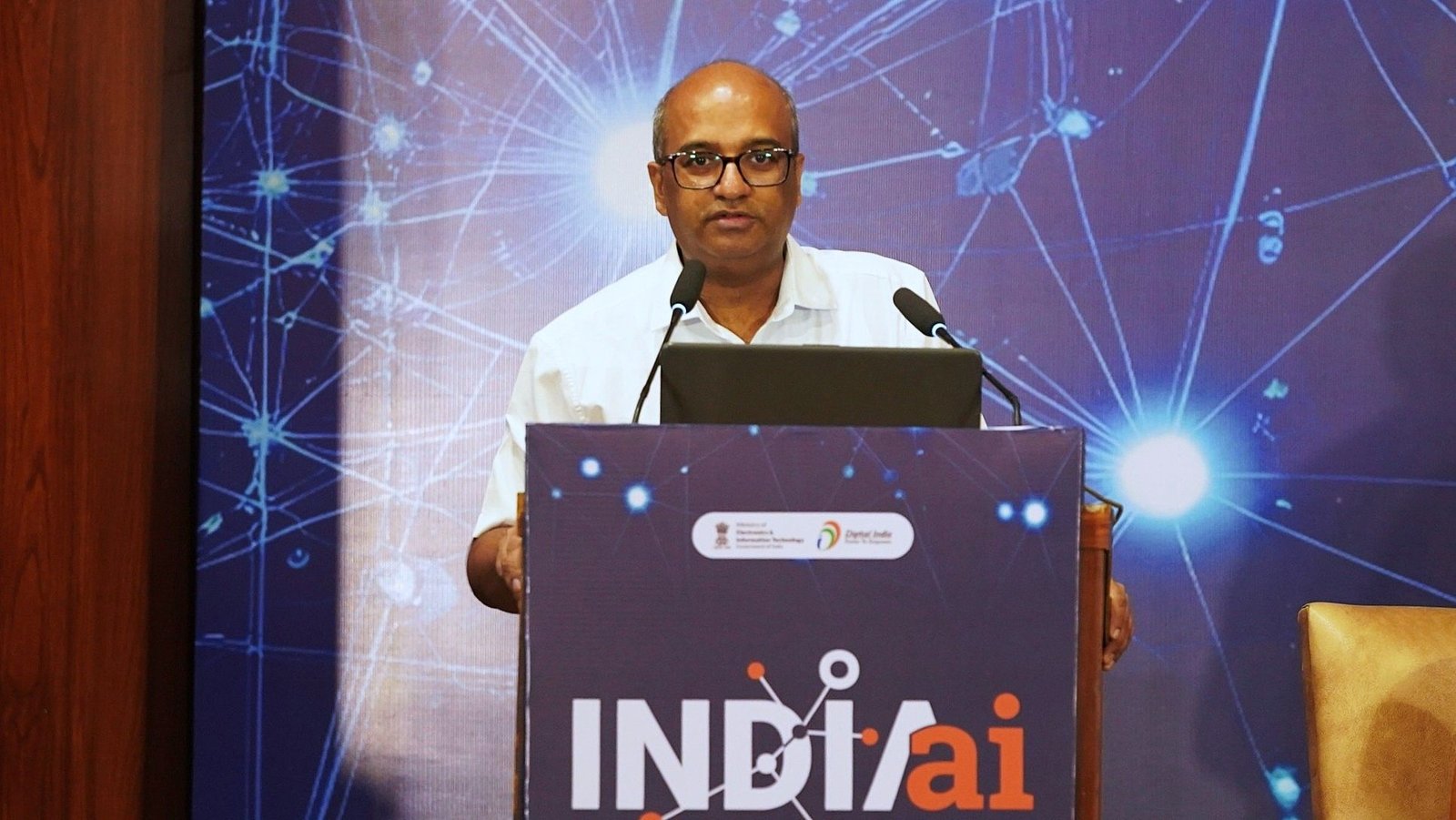GST reform to offset growth drag from 50% reciprocal tariff: BMI


Since its inception, Goods and Services Tax (GST) has grown to be the second-largest source of fiscal revenue after income tax, amounting to around 30% of total revenue and 2.5% of GDP in FY2024-25.
However, the fiscal impact of the reform will probably be mild, BMI said.
Goods and services are currently charged under a four-tier system with rates ranging from 5% to 28%.
GST reform, proposed by the Centre, says that most goods will be charged at either 5% or 18%. Durables such as washing machines, air conditioners and refrigerators will be among the goods charged lower rates under the new GST regime.
.thumbnailWrapper{
width:6.62rem !important;
}
.alsoReadTitleImage{
min-width: 81px !important;
min-height: 81px !important;
}
.alsoReadMainTitleText{
font-size: 14px !important;
line-height: 20px !important;
}
.alsoReadHeadText{
font-size: 24px !important;
line-height: 20px !important;
}
}

The GST Council, chaired by Union Finance Minister and comprising ministers from all states and UTs, will meet on August 3 and 4 to discuss the reform.
“The GST reform could cancel out the drag on growth from the tariffs. Given that the details have yet to be confirmed, we highlight the GST reform as a slight upside risk to our growth forecast for now,” BMI said.
BMI has revised down its GDP growth forecasts to 5.8% for FY2025-26 and 5.4% for FY2026-27.
Edited by Jyoti Narayan
Discover more from News Hub
Subscribe to get the latest posts sent to your email.







